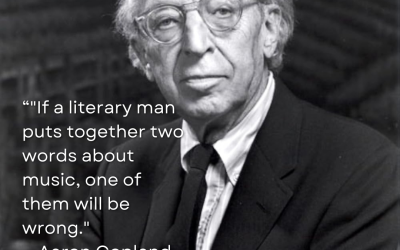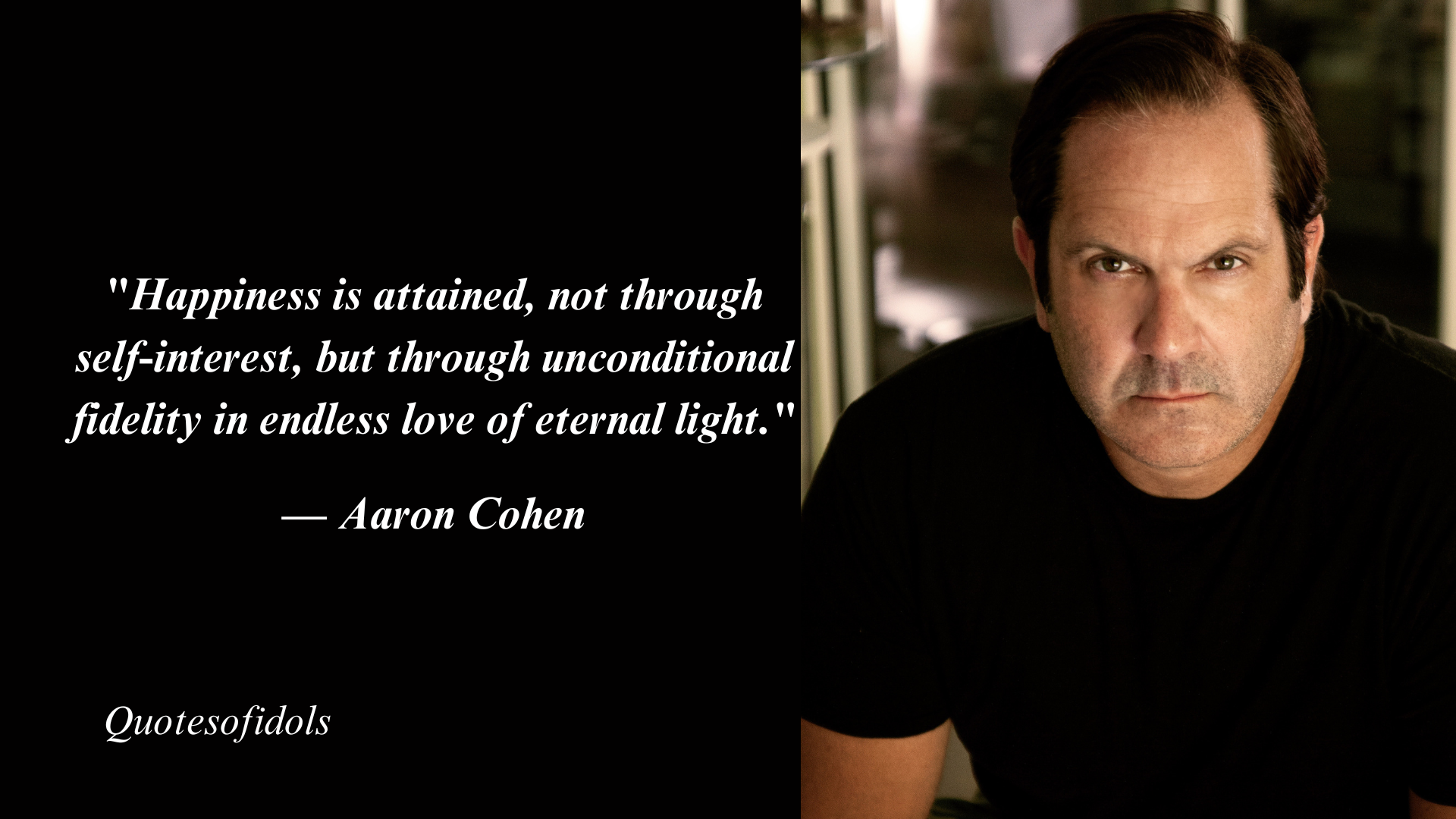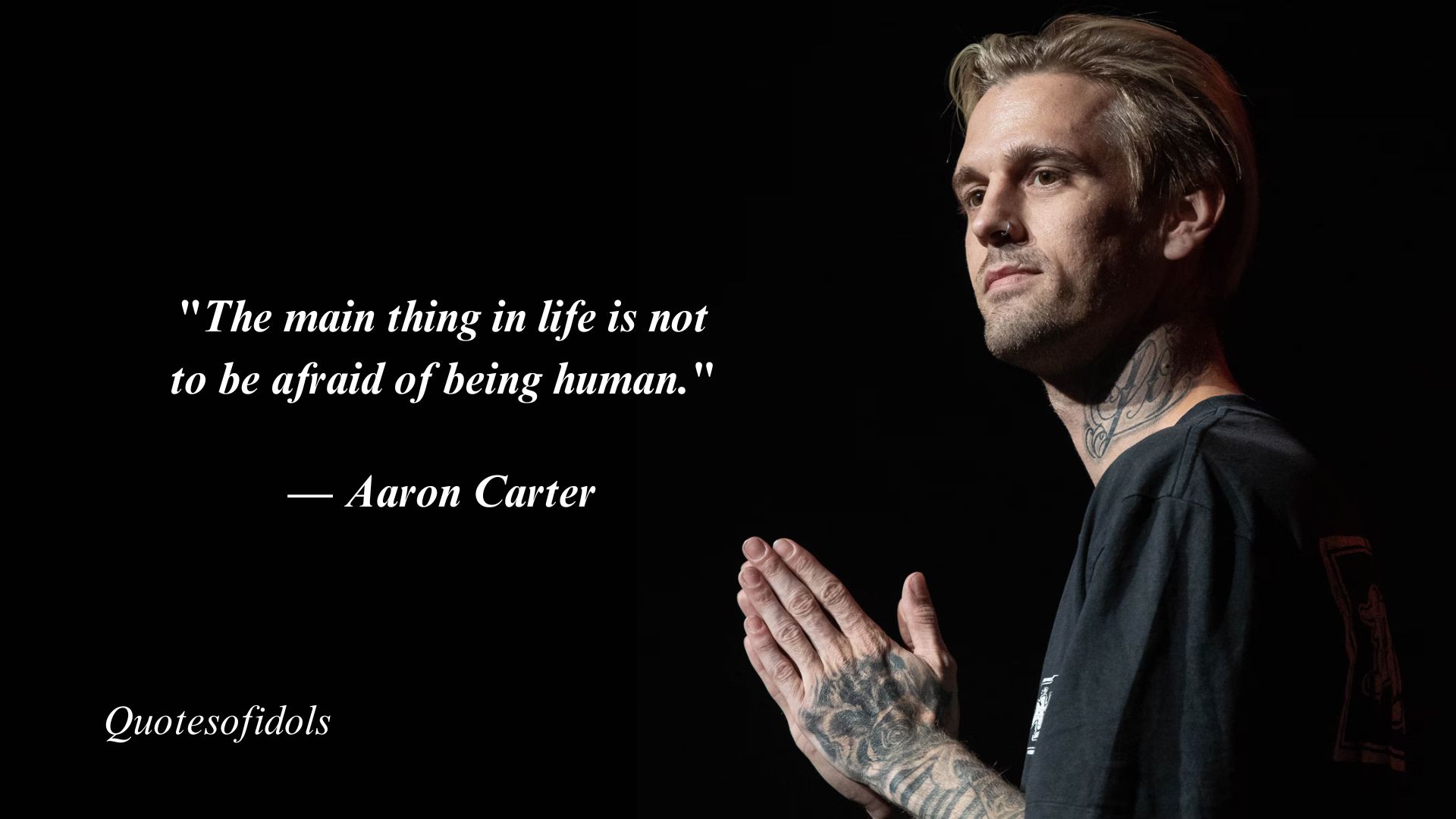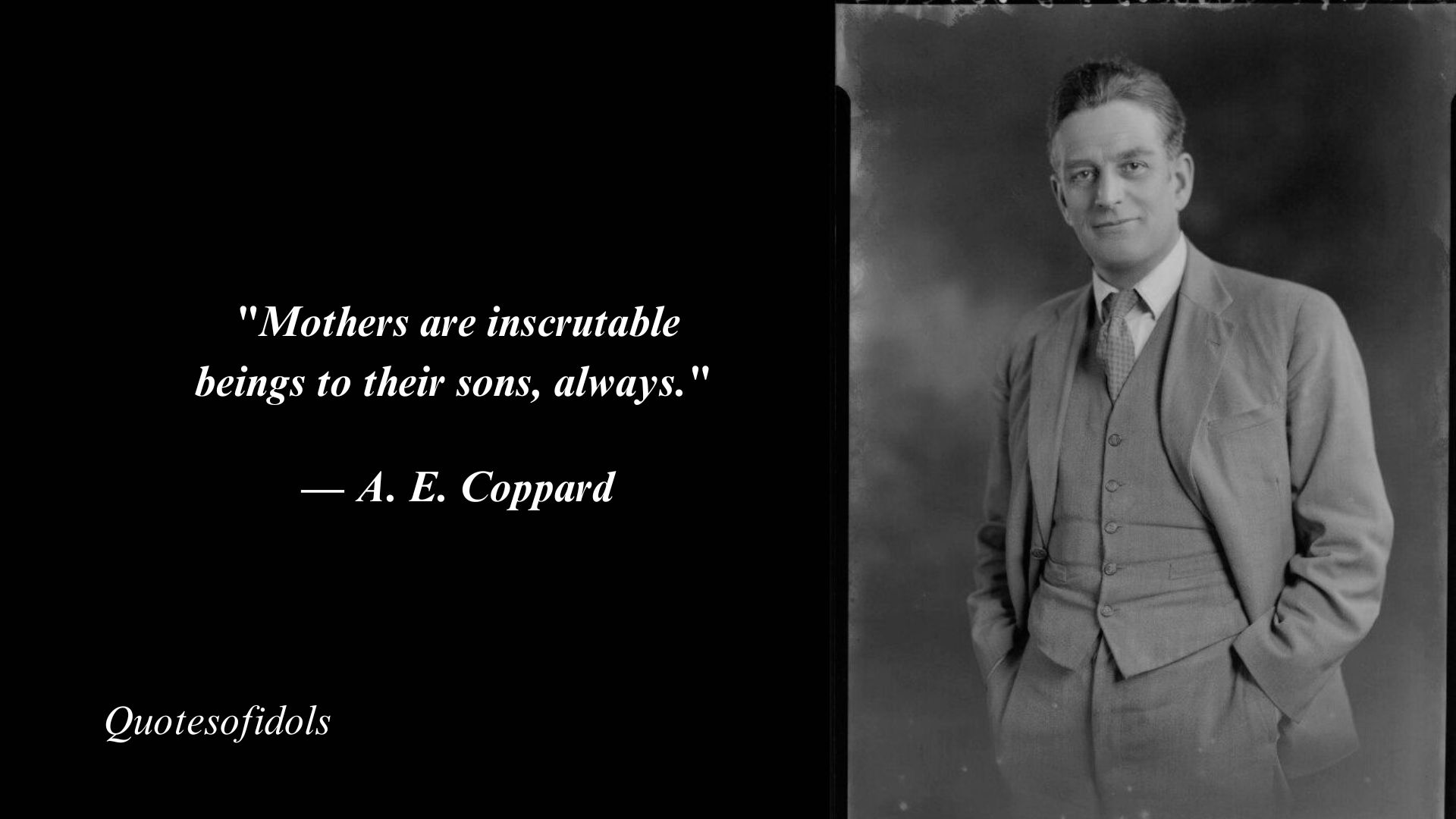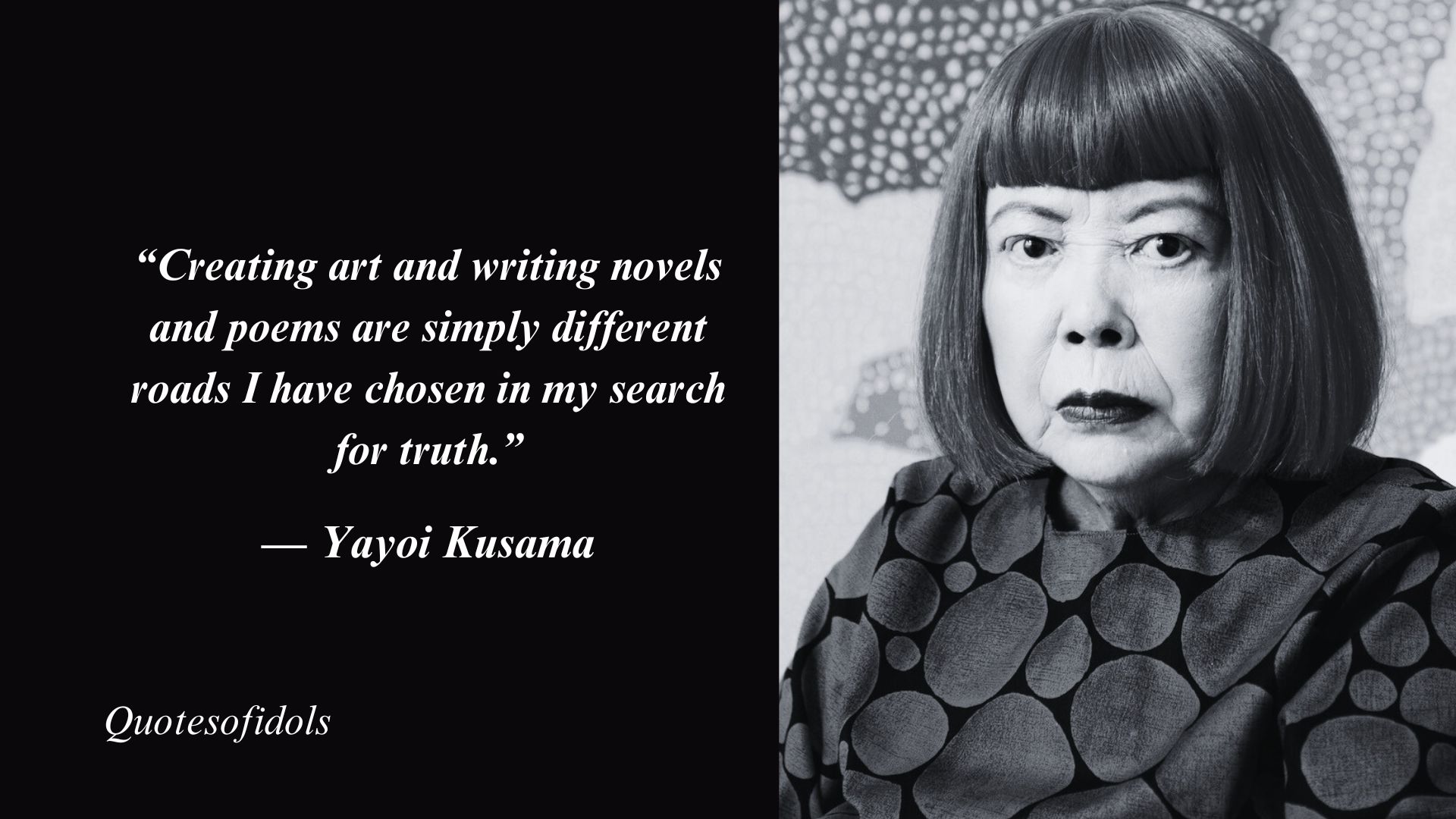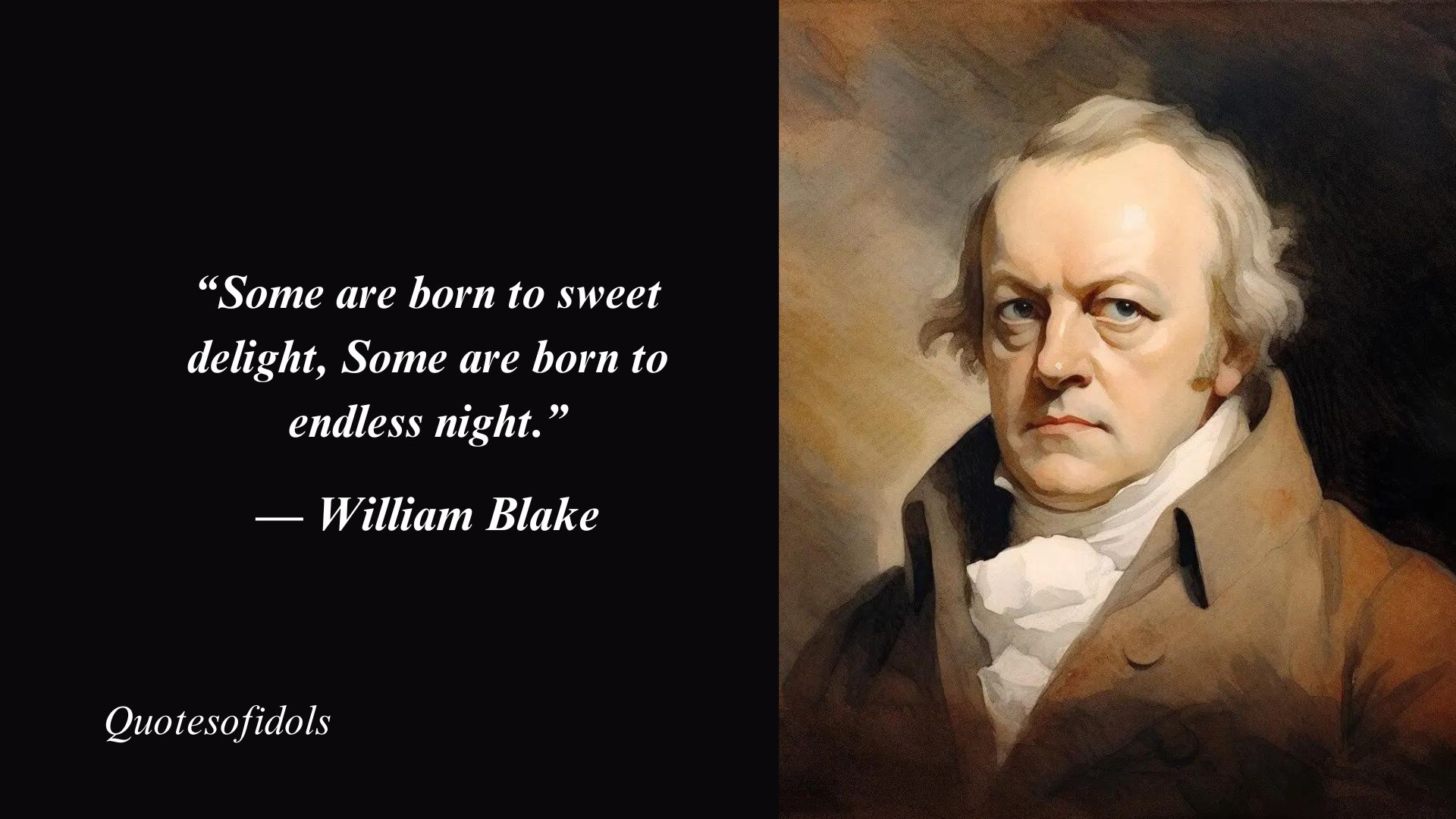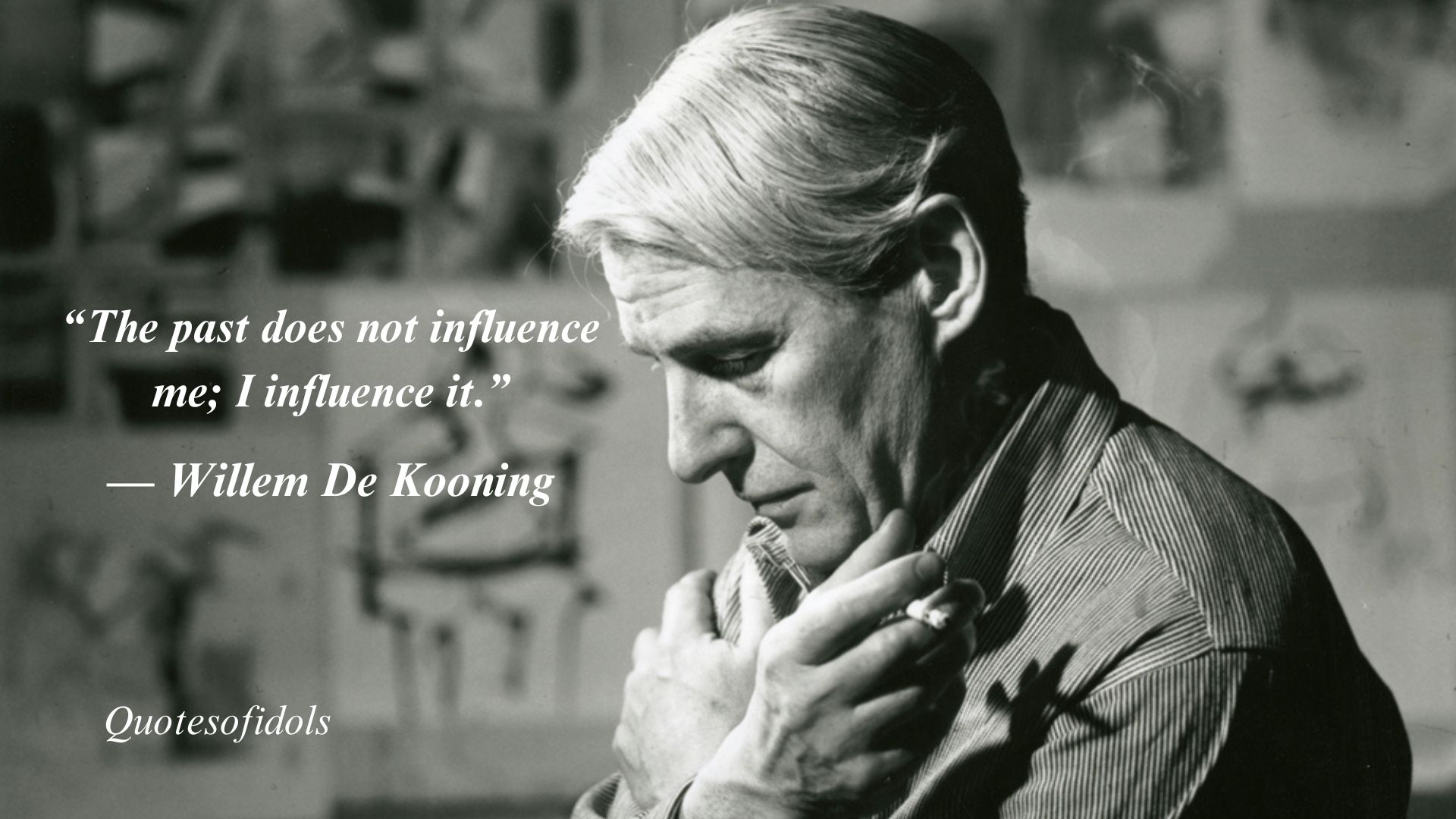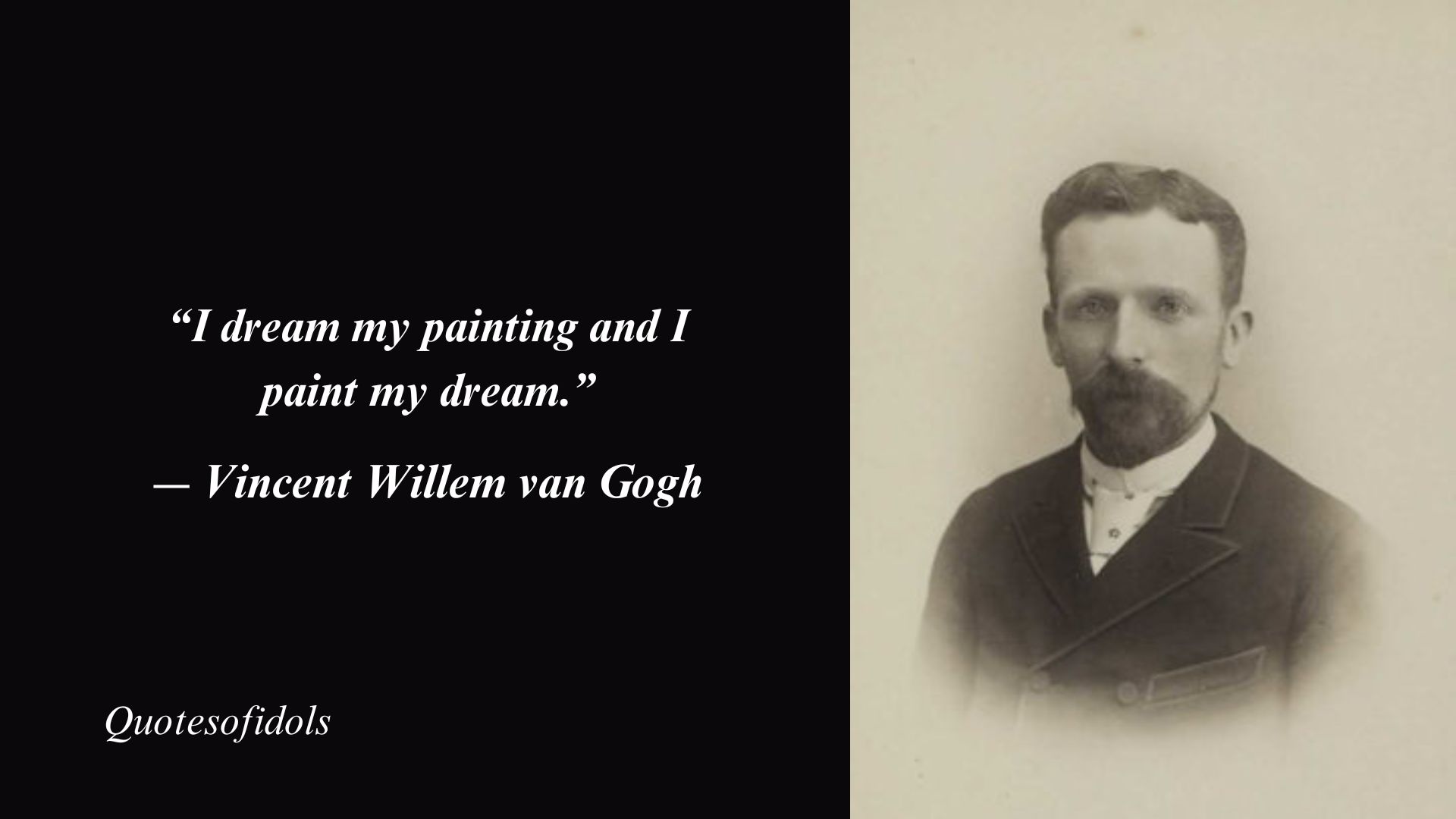Top 100 Most Famous Quotes By Wassily Kandinsky
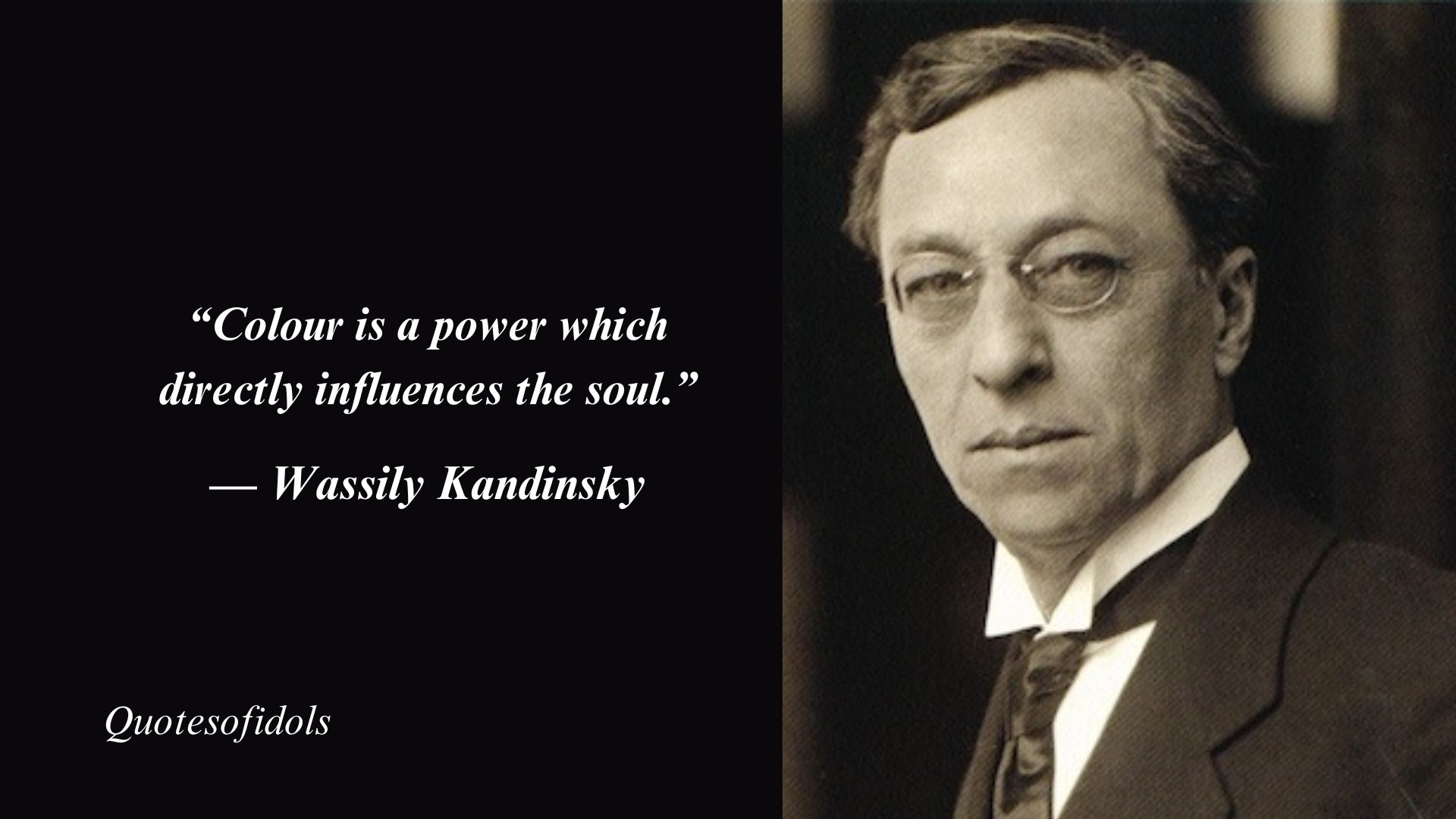
Russian painter and art theorist Wassily Kandinsky (1866–1944) is known for being one of the first abstract artists. He had initially trained in law and economics before turning his hand to art in his thirties while studying in Munich. Impressionism and Post-Impressionism inspired Kandinsky’s work before he formed his own distinctive abstract style, using color and form to reflect emotion and spirituality. He wrote influential works such as “Concerning the Spiritual in Art” (1911), delving into the relationship between art and spirituality. Kandinsky’s free-form abstractionism, typified by stark colors, geometric forms, and complex layouts, contrasted traditional representation and favored raw emotional conveyance. He became a leading light of modern art, inspiring movements such as Expressionism and Abstract Expressionism. Kandinsky’s work remains important, as one of the pioneers of how musical language could be explored visually, and artists today are still pushing the bounds of how we use visual language in reference to feeling, intertwining the music of colour and form into all that we see.
Why Wassily Kandinsky’s Quotes Are Inspirational
These quotes of Kandinsky are highlights in the benefits of art and spirituality and intermingle both sides of one coin. His words carry meaning for all people trying to find a more profound meaning for life through creativity.
Wassily Kandinsky Quotes
1. “Everything starts from a dot.”
— Wassily Kandinsky
2. “Colour is a power which directly influences the soul.”
— Wassily Kandinsky
3. “Music is the ultimate teacher.”
— Wassily Kandinsky
4. “Of all the arts, abstract painting is the most difficult. It demands that you know how to draw well, that you have a heightened sensitivity for composition and for colors, and that you be a true poet. This last is essential.”
— Wassily Kandinsky
5. “The circle is the synthesis of the greatest oppositions. It combines the concentric and the eccentric in a single form and in equilibrium. Of the three primary forms, it points most clearly to the fourth dimension.”
— Wassily Kandinsky
6. “Color transmits and translates emotion.”
— Wassily Kandinsky
7. “Color is the keyboard, the eyes are the harmonies, the soul is the piano with many strings. The artist is the hand that plays, touching one key or another, to cause vibrations in the soul.”
— Wassily Kandinsky
8. “There is no must in art because art is free.”
— Wassily Kandinsky
9. “Every work of art is the child of its age and, in many cases, the mother of our emotions. It follows that each period of culture produces an art of its own which can never be repeated.”
— Wassily Kandinsky
10. “To create a work of art is to create the world.”
— Wassily Kandinsky
11. “The artist must train not only his eye but also his soul.”
— Wassily Kandinsky
12. “The sensations of colors on the palette can be spiritual experiences.”
— Wassily Kandinsky
13. “Only just now awakening after years of materialism, our soul is still infected with the despair born of unbelief, of lack of purpose and aim.”
— Wassily Kandinsky
14. “The eyes are hammers.”
— Wassily Kandinsky
15. “Orange is red brought nearer to humanity by yellow.”
— Wassily Kandinsky
16. “The impact of the acute angle of a triangle on a circle produces an effect no less powerful than the finger of God touching the finger of Adam in Michelangelo.”
— Wassily Kandinsky
17. “In the hierarchy of colors, green represents the social middle class, self-satisfied, immovable, narrow…”
— Wassily Kandinsky
18. “Abstract art places a new world, which on the surface has nothing to do with ‘reality,’ next to the ‘real’ world.”
— Wassily Kandinsky
19. “With few exceptions, music has been for some centuries the art which has devoted itself not to the reproduction of natural phenomena, but rather to the expression of the artist’s soul, in musical sound.”
— Wassily Kandinsky
20. “Color provokes a psychic vibration. Color hides a power still unknown but real, which acts on every part of the human body.”
— Wassily Kandinsky
21. “In general, therefore, color is a means of exerting a direct influence upon the soul. Color is the keyboard. The eye is the hammer. The soul is the piano with its many strings. The artist is the hand that purposefully sets the soul vibrating by means of this or that key.”
— Wassily Kandinsky
22. “The observer must learn to look at the picture as a graphic representation of a mood and not as a representation of objects.”
— Wassily Kandinsky
23. “The more abstract is form, the more clear and direct its appeal.”
— Wassily Kandinsky
24. “That is beautiful which is produced by the inner need, which springs from the soul.”
— Wassily Kandinsky
25. “The sound of colors is so definite that it would be hard to find anyone who would express bright yellow with bass notes or dark lake with treble…”
— Wassily Kandinsky
26. “Every man who steeps himself in the spiritual possibilities of his heart is a valuable helper in the building of the spiritual pyramid which will someday reach to heaven.”
— Wassily Kandinsky
27. “The artist must train not only his eye but also his soul, so that it can weigh colours in its own scale and thus become a determinant in artistic creation.”
— Wassily Kandinsky
28. “Every work of art is the child of its time, often it is the mother of our emotions.”
— Wassily Kandinsky
29. “Everything shows me its face, its innermost being, its secret soul, which is more often silent than heard.”
— Wassily Kandinsky
30. “Every artist, as child of his age, is impelled to express the spirit of his age.”
— Wassily Kandinsky
31. “The world is full of resonances. It constitutes a cosmos of things exerting a spiritual action. The dead matter is a living spirit.”
— Wassily Kandinsky
32. “In your works, you have realized what I, albeit in uncertain form, have so greatly longed for in music. The independent progress through their own destinies, the independent life of the individual voices in your compositions is exactly what I am trying to find in my paintings.”
— Wassily Kandinsky
33. “The spirit, like the body, can be strengthened and developed by frequent exercise. Just as the body, if neglected, grows weaker and finally impotent, so the spirit perishes if untended.”
— Wassily Kandinsky
34. “The deeper the blue becomes, the more strongly it calls man towards the infinite, awakening in him a desire for the pure and, finally, for the supernatural The brighter it becomes, the more it loses its sound, until it turns into silent stillness and becomes white.”
— Wassily Kandinsky
35. “Absolute green is the most restful color, lacking any undertone of joy, grief, or passion. On exhausted men this restfulness has a beneficial effect, but after a time it becomes tedious.”
— Wassily Kandinsky
36. “Objects damage pictures.”
— Wassily Kandinsky
37. “The nightmare of materialism, which has turned the life of the universe into an evil, useless game, is not yet past; it holds the awakening soul still in its grip.”
— Wassily Kandinsky
38. “Almost without exception, blue refers to the domain of abstraction and immateriality.”
— Wassily Kandinsky
39. “Each color lives by its mysterious life.”
— Wassily Kandinsky
40. “The spirit is often concealed within matter to such an extent that few people are generally capable of perceiving it.”
— Wassily Kandinsky
41. “The artist is the hand that, by touching this or that key, sets the soul vibrating automatically.”
— Wassily Kandinsky
42. “As a picture painted in yellow always radiates spiritual warmth, or as one in blue has apparently a cooling effect, so green is only boring.”
— Wassily Kandinsky
43. “I applied streaks and blobs of colors onto the canvas with a palette knife, and I made them sing with all the intensity I could…”
— Wassily Kandinsky
44. “The artist must be blind to distinction between ‘recognized’ or ‘unrecognized’ conventions of form, deaf to the transitory teaching and demands of his particular age.”
— Wassily Kandinsky
45. “The work of art is born of the artist in a mysterious and secret way. From him it gains life and being. Nor is its existence casual and inconsequent, but it has a definite and purposeful strength, alike in its material and spiritual life.”
— Wassily Kandinsky
46. “The joy of life consists in the inevitable, continual triumph of new values.”
— Wassily Kandinsky
47. “I value those artists who embody the expression of their life.”
— Wassily Kandinsky
48. “In every painting a whole is mysteriously enclosed, a whole life of tortures, doubts, of hours of enthusiasm and inspiration.”
— Wassily Kandinsky
49. “Empty canvas. In appearance – really empty, silent, indifferent. Stunned, almost. In effect – full of tensions, with thousand subdued voices, heavy with expectations. A little frightened because it may be violated.”
— Wassily Kandinsky
50. “Doubts must be resolved alone within the soul. Otherwise one would profane one’s own powerful solution.”
— Wassily Kandinsky
51. “I really believe that I am the first and only artist to throw not just the ‘subject’ out of my paintings, but every ‘object’ as well.”
— Wassily Kandinsky
52. “A painter, who finds no satisfaction in mere representation, however artistic, in his longing to express his inner life, cannot but envy the ease with which music, the most non-material of the arts today, achieves this end. He naturally seeks to apply the methods of music to his own art. And from this results that modern desire for rhythm in painting, for mathematical, abstract construction, for repeated notes of colour, for setting colour in motion.”
— Wassily Kandinsky
53. “The composition is the organized sum of the interior functions of every part of the work.”
— Wassily Kandinsky
54. “Efforts to revive the art principles of the past at best produce works of art that resemble a stillborn child.”
— Wassily Kandinsky
55. “Black is like the silence of the body after death, the close of life.”
— Wassily Kandinsky
56. “The artist must have something to say, for mastery over form is not his goal but rather the adapting of form to its inner meaning.”
— Wassily Kandinsky
57. “Repetition is a potent means of heightening the inner vibration and is, at the same time, a source of elementary rhythm which, in turn, is a means to the attainment of elementary harmony in every form of art.”
— Wassily Kandinsky
58. “Color is the keyboard. The eye is the hammer. The soul is the piano, with its many strings.”
— Wassily Kandinsky
59. “Every phenomenon can be experienced in two ways. These two ways are not arbitrary, but are bound up with the phenomenon – developing out of its nature and characteristics : Externally – or – inwardly.”
— Wassily Kandinsky
60. “Colors produce a spiritual vibration, the impression they create is important only as a step towards this vibration.”
— Wassily Kandinsky
61. “If you know the enemy and you know yourself, you need not fear the results of a hundred battles.”
— Wassily Kandinsky
62. “In their pursuit of the same supreme end, Matisse and Picasso stand side by side, Matisse representing color and Picasso form.”
— Wassily Kandinsky
63. “An empty canvas is a living wonder – far lovelier than certain pictures.”
— Wassily Kandinsky
64. “The arts are encroaching one upon another, and from a proper use of this encroachment will rise the art that is truly monumental.”
— Wassily Kandinsky
65. “Art is not vague production, transitory and isolated, but a power which must be directed to the improvement and refinement of the human soul.”
— Wassily Kandinsky
66. “All methods are sacred if they are internally necessary. All methods are sins if they are not justified by internal necessity.”
— Wassily Kandinsky
67. “Thus we look upon the geometric point as the ultimate and most singular union of silence and speech.”
— Wassily Kandinsky
68. “Each period of a civilisation creates an art that is specific in it and which we will never see reborn. To try and revive the principles of art of past centuries can lead only to the production of stillborn works.”
— Wassily Kandinsky
69. “An empty canvas, apparently really empty, that says nothing and is without significance – almost dull, in fact – in reality, is crammed with thousands of undertone tensions and full of expectancy. Slightly apprehensive lest it should be outraged.”
— Wassily Kandinsky
70. “The artist is not a ‘Sunday child’ for whom everything immediately succeeds. He does not have the right to live without duty. The task that is assigned to him is painful, it is a heavy cross for him to bear.”
— Wassily Kandinsky
71. “Every work of art is the child of its age and, in many cases, the mother of our emotions. It follows that each period of culture produces an art of its own which can never be repeated. Efforts to revive the art-principles of the past will at best produce an art that is still-born. It is impossible for us to live and feel, as did the ancient Greeks.”
— Wassily Kandinsky
72. “Color cannot stand alone.”
— Wassily Kandinsky
73. “The life of the spirit may be fairly represented in diagram as a large acute-angled triangle divided horizontally into unequal parts with the narrowest segment uppermost. The lower the segment the greater it is in breadth, depth, and area.”
— Wassily Kandinsky
74. “The true work of art is born from the ‘artist’: a mysterious, enigmatic, and mystical creation. It detaches itself from him, it acquires an autonomous life, becomes a personality, an independent subject, animated with a spiritual breath, the living subject of a real existence of being.”
— Wassily Kandinsky
75. “Blue is the typical heavenly colour. The ultimate feeling it creates is one of rest. When it sinks to almost black, it echos grief that is hardly human.”
— Wassily Kandinsky
76. “It should not be forgotten that art is not a science where the latest ‘correct’ theory declares the old to be false and erases it.”
— Wassily Kandinsky
77. “Form itself, even if completely abstract… has its own inner sound.”
— Wassily Kandinsky
78. “The artist must be blind to “recognized” and “unrecognized” form, deaf to the teachings and desires of his time. His open eyes must be directed to his inner life and his ears must be constantly attuned to the voice of inner necessity.”
— Wassily Kandinsky
79. “A parallel between color and music can only be relative – just as a violin can give warm shades of tone, so yellow has shades, which can be expressed by various instruments.”
— Wassily Kandinsky
80. “Our epoch is a time of tragic collision between matter and spirit and of the downfall of the purely material world view.”
— Wassily Kandinsky
81. “To those that are not accustomed to it the inner beauty appears as ugliness because humanity in general inclines to the outer and knows nothing of the inner.”
— Wassily Kandinsky
82. “The word compositon moved me spiritually and I made it my aim in life to paint a composition. It affected me like a prayer and filled me with awe.”
— Wassily Kandinsky
83. “A painter, who finds no satisfaction in mere representation, however artistic, in his longing to express his inner life, cannot but envy the ease with which music, the most non-material of the arts today, achieves this end. He naturally seeks to apply the methods of music to his own art.”
— Wassily Kandinsky
84. “When I was thirteen or fourteen I bought a paintbox with oil paints from money slowly saved up. The feeling I had at the time – or better – the experience of color coming slowly out of the tube – is with me to this day.”
— Wassily Kandinsky
85. “What would it take to make you intervene.”
— Wassily Kandinsky
86. “In place of an intensive cooperation among artists, there is a battle for goods. Hatred, partisanship, cliques, jealousy, and intrigues are the natural consequences of an aimless, materialist art.”
— Wassily Kandinsky
87. “It is essential that the painter should develop not only his eyes, but also his soul, so that it too may be capable of weighing colors in balance…”
— Wassily Kandinsky
88. “The force that propels the human spirit on the clear way forward and upward is the abstract spirit.”
— Wassily Kandinsky
89. “The artist is not born to a life of pleasure. He must not live idle; he has a hard work to perform, and one which often proves a cross to be borne.”
— Wassily Kandinsky
90. “There is only one road to follow, that of analysis of the basic elements in order to arrive ultimately at an adequate graphic expression.”
— Wassily Kandinsky
91. “Today is the great day of one of the revelations of this world. The interrelationships of these individual realms were illumined as by a flash of lightning; they burst unexpected, frightening, and joyous out of the darkness. Never were they so strongly tied together and never so sharply divided…”
— Wassily Kandinsky
92. “Painting took on a fabulous strength and splendor; the object was discredited as an indispensable element of the picture.”
— Wassily Kandinsky
93. “The organic laws of construction tangled me in my desires, and only with great pain, effort, and struggle did I break through these ’walls around art.”
— Wassily Kandinsky
94. “Kandinsky did not see his divorced parents as hostile figures of authority. They were merely two very different people who were devoted to him and who, in their own way, fostered his sensitivity. But particularly in his mother he saw the best qualities – “grave, austere beauty, well-bred simplicity, boundless energy.”
— Wassily Kandinsky
How Wassily Kandinsky’s Quotes Inspire Creativity
Kandinsky’s perspectives allow for artists and spectators to gain insight into the undiscovered, to cultivate spirituality within the process of creation and to elicit feelings through nonrepresentational forms. His cynicism of art also serves to complement the human element.
Conclusion: The Spiritual Legacy of Wassily Kandinsky
Wassily Kandinsky Quotes — The Deeper Meaning of Art With these they encourage to look beyond the physical, get in touch with our innerself, and create with purpose and passion.
FAQs
Who was Wassily Kandinsky?
If you would take it seriously, that title is reserved for people like Wassily Kandinsky, a Russian artist and art theorist, credited as a pioneer in abstract art.
Why are his quotes so important?
They offer deep insights into the spiritual and the emotional aspects of art.
Where can I view Kandinsky’s works?
Examples of his masterpieces are on display in museums including the Guggenheim Museum in New York and the Centre Pompidou in Paris.

